TANK DRIVER
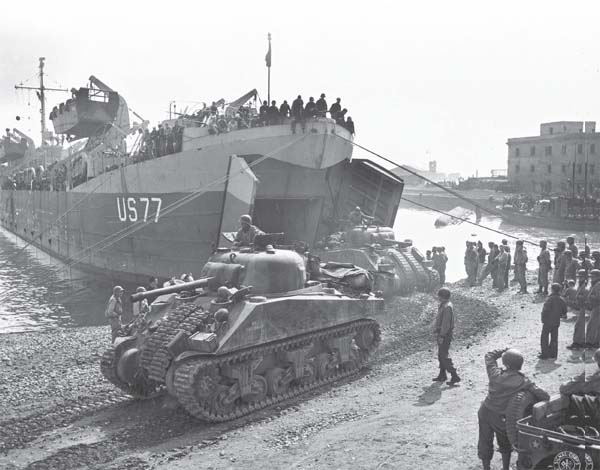
TANK
DRIVER
With the 11th Armored
from the Battle of the Bulge
to VE Day
J. TED HARTMAN

This book is a publication of
INDIANA UNIVERSITY PRESS
Office of Scholarly Publishing
Herman B Wells Library 350
1320 East 10th Street
Bloomington, Indiana 47405 USA
iupress.indiana.edu
Telephone 800-842-6796
Fax 812-855-7931
First paperback edition 2014
2003 by J. Ted Hartman
All rights reserved
No part of this book may be reproduced or utilized in any form or by any means, electronic or mechanical, including photocopying and recording, or by any information storage and retrieval system, without permission in writing from the publisher. The Association of American University Presses Resolution on Permissions constitutes the only exception to this prohibition.
 The paper used in this publication meets the minimum requirements of the American National Standard for Information SciencesPermanence of Paper for Printed Library Materials, ANSI Z39.481992.
The paper used in this publication meets the minimum requirements of the American National Standard for Information SciencesPermanence of Paper for Printed Library Materials, ANSI Z39.481992.
Manufactured in the
United States of America
Library of Congress
Cataloging-in-Publication Data
Hartman, J. Ted, [date].
Tank driver : with the 11th Armored from the Battle of the Bulge to VE Day / J. Ted Hartman.
p. cm.
Includes bibliographical references and index.
ISBN 0-253-34211-2 (alk. paper)
1. Hartman, J. Ted, [date]. 2. World War, 19391945 Personal narratives, American. 3. World War, 19391945 Tank warfare. 4. World War, 19391945 Campaigns Western Front. I. Title.
D811.H346 A3 2003
940.5421092 dc21
2002151518
ISBN 978-0-253-34211-9 (cloth)
ISBN 978-0-253-01497-9 (paperback)
ISBN 978-0-253-10982-8 (ebook)
2 3 4 5 19 18 17 16 15 14
Dedicated to the memory of my buddies
of Company B, 41st Tank Battalion
who did not come home
CONTENTS
by Spencer C. Tucker
MAPS
FOREWORD
When J. Ted Hartman became a driver in an M4 Sherman tank in the 11th Armored Division, he joined a relatively new branch of the U.S. Army. While the army was forward-looking in certain areas before World War II, this was not the case with tanks or armor tactics. In 1919, in the drawdown of U.S. forces following World War I, the Tank Corps was abolished. The National Defense Act the next year assigned the tanks to the infantry, consistent with army belief that tanks should support attacking infantry.
In 1927 the army set up the small experimental Mechanized Force of light tanks, but in 1931 Chief of Staff General Douglas MacArthur decreed that tanks would have an exploitation role apart from infantry support, and the cavalry took over the Mechanized Force. In order to get around the 1920 Defense Act, however, the tanks were known as combat cars.
The German employment of armor divisions in the September 1939 German invasion of Poland, and especially in the MayJune 1940 defeat of France, dramatically changed the U.S. Armys attitude toward tanks and their role. In April 1940 an improvised U.S. armored division, formed of the mechanized 7th Cavalry Brigade from Fort Knox, Kentucky, and the Provisional Tank Brigade from Fort Benning, Georgia, dominated the armys Louisiana maneuvers. In July the army created the U.S. Armored Force, led by Brigadier General Adna Romanaza Chaffee Jr., to test the feasibility of tank divisions. In July 1943 the Armored Force was redesignated the Armored Command, and in February 1944 it became the Armored Center.
The armor division was the basic element of the Armored Force. In 1941 the U.S. Army postulated that to win a war against Germany and Japan, it would be necessary to raise 215 maneuver divisions, of which 61 were to be armored. The army ended the war fielding only 89 divisions, of which only 16 were armored. As it turned out, this smaller number of divisions was sufficient to bring victory. These divisions were the most heavily armed, mechanized, and maneuverable to that point in history.
The U.S. armored division was designed to be a self-sufficient combined arms organization, capable of rapid movement and penetration deep into an enemys rear areas. The old heavy foot-bound four-brigade divisions of World War I gave way to a triangular system based on three highly mobile brigades. The triangular concept continued down through the unit of one maneuver element to hold an enemy in place, another maneuver element to turn its flank, and a third maneuver element in reserve. This same concept applied to the new armored divisions.
In 1943 the sixteen armored divisions were reorganized, and all except the 2d and 3d heavy divisions were converted into light divisions. Each had three tank battalions, and each of these, in turn, had one light and three medium tank companies. In the case of Hartmans 11th Armored Division, the three battalions were the 22d, the 41st (the authors unit was Company B of this battalion), and the 42d. The 11th Armored also had a field artillery regiment (consisting of the 490th, 491st, and 492d Battalions) and a reconnaissance element (the 41st Cavalry Reconnaissance Squadron). Division support consisted of an armored infantry regiment (the 21st, 55th, and 63d Armored Infantry Battalions), a tank destroyer battalion (three different ones in the course of the divisions existence), and the 575th Antiaircraft Battalion. The division also had the service elements of the 56th Armored Engineer Battalion, the 81st Medical Battalion, the 133d Ordnance Maintenance Battalion, the 151st Signal Company, and a military police platoon. Authorized personnel strength was quite lean: 10,937 men. New tables of January 1945 added nine additional medium tanks to each division but reduced the personnel further, to 10,670.
Division equipment under the 1945 table of organization included 268 medium tanks, 77 light tanks, 54 armored cars, 451 halftracks, 18 105mm howitzer tanks, 449 -ton trucks (jeeps), 77 -ton trucks, 444 2-ton (deuce-and-a-half) trucks, 40 other trucks, 30 tank recovery vehicles, and 8 liaison aircraft.
The basic armored division light tank was the M5 General Stuart with twin Cadillac automobile engines. Originally to be the Light Tank M4, it was designated the M5 to avoid confusion with the M4 medium Sherman tank, then entering production. Recognizable by its stepped-up rear deck, the General Stuart had a crew of four, a weight of 16.5 tons, maximum 67mm armor, and armament of 1 37mm gun and 2 .30 caliber machine guns.
With only a 37mm gun, the M5 was hopelessly outgunned by its opponents. The M24 Chaffee answered the need for a light tank with heavier armament. Entering production in March 1944 and reaching units in the field in late 1944, this highly successful design was manufactured in a variety of models. The 20-ton M24 had a crew of five and maximum 38mm armor, and mounted a 75mm gun and three machine guns: 2 .30 caliber (1 coaxial) and 1 .50 caliber.
The medium tank utilized by the U.S. armored divisions was the M4 Sherman. Produced in a considerable variety of models, it was certainly the most widely used Allied tank of the war. In all, some 49,000 were manufactured. The M4 continued in service after the war and was later used extensively by the Israeli Army.
Next page


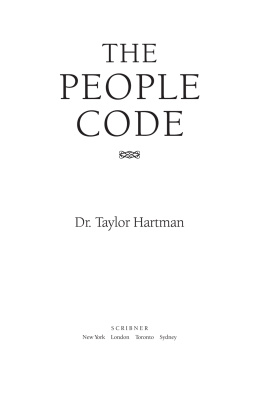

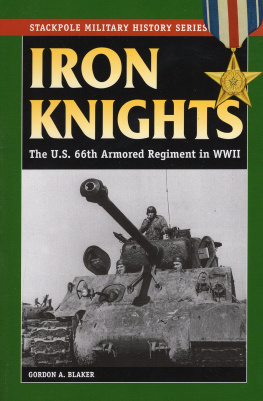
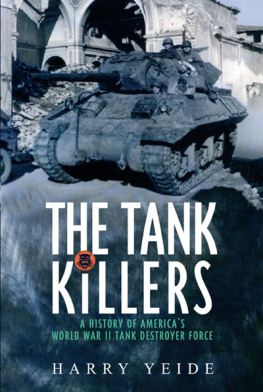
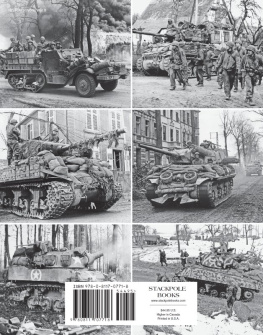
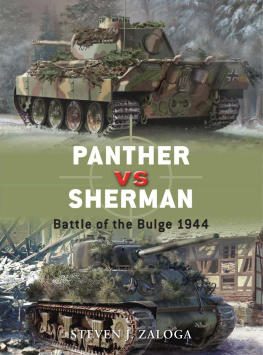
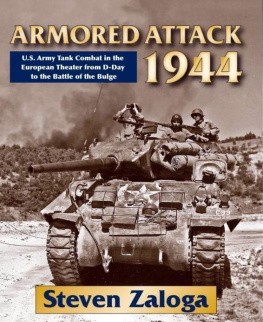
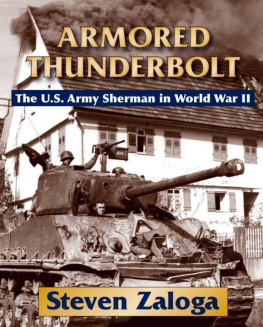
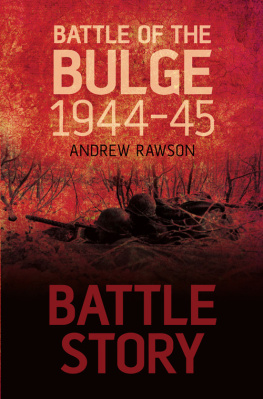


 The paper used in this publication meets the minimum requirements of the American National Standard for Information SciencesPermanence of Paper for Printed Library Materials, ANSI Z39.481992.
The paper used in this publication meets the minimum requirements of the American National Standard for Information SciencesPermanence of Paper for Printed Library Materials, ANSI Z39.481992.